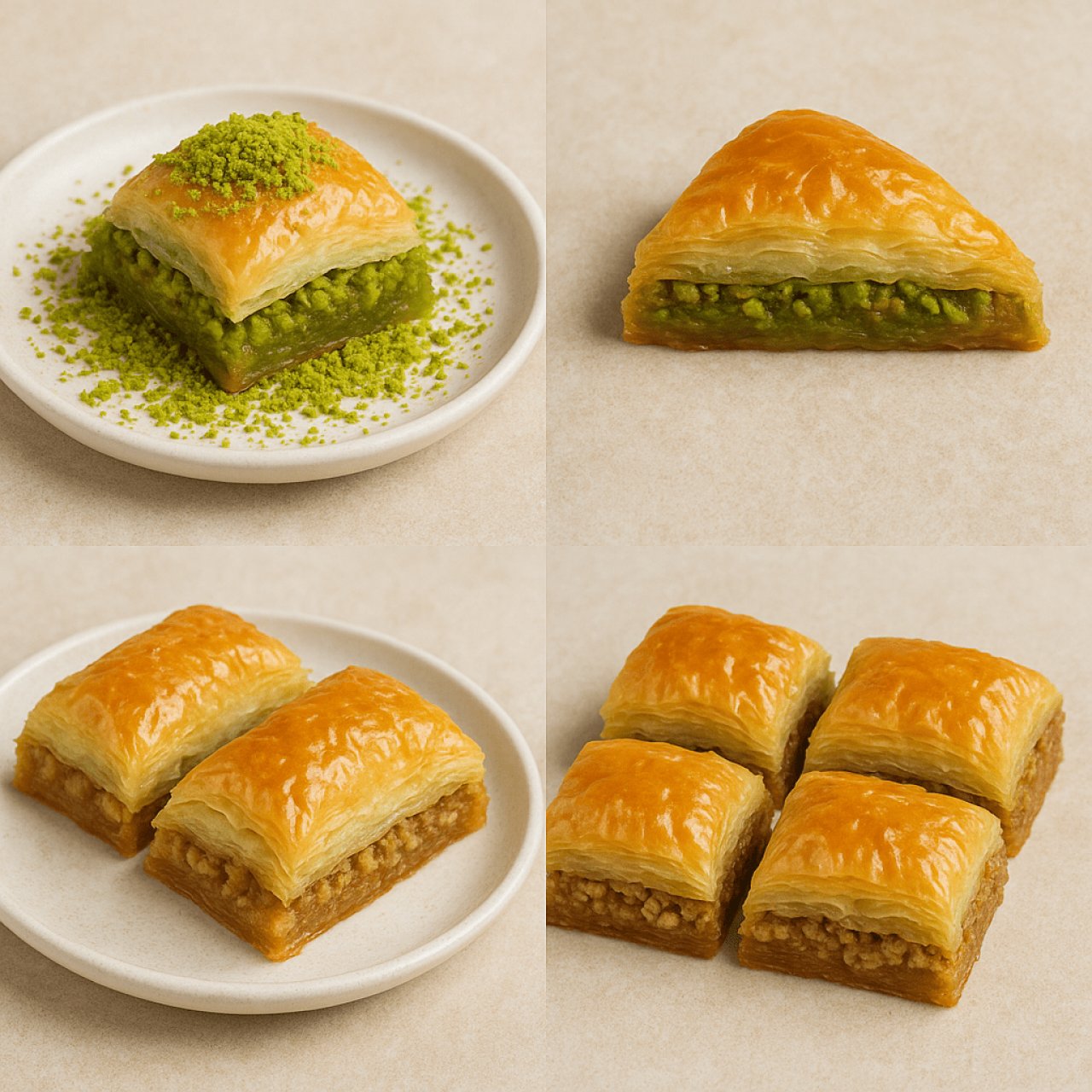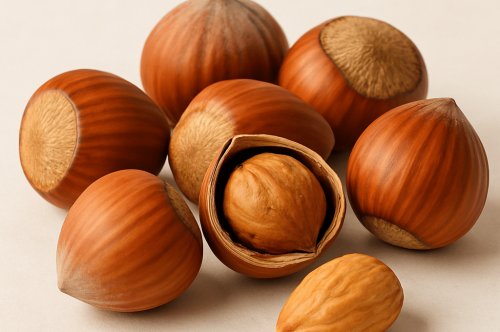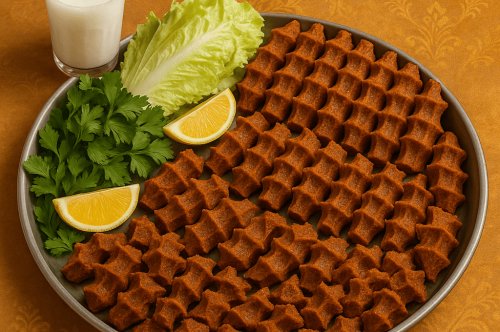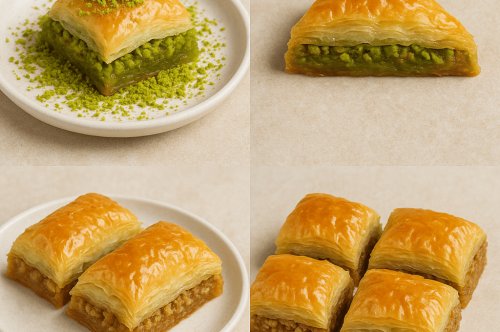Baklava – The Sweet Delight from the East Conquering the World

"Baklava – The Sweet Delight from the East Conquering the World"
1. What is Baklava? – An Introduction to the Oriental Delight
Baklava is a traditional sweet pastry originating from Ottoman cuisine, now popular across the Middle East, the Balkans, and Central Asia. Its main ingredients include phyllo dough, chopped nuts (such as pistachios, walnuts, or almonds), butter, and a sugar or honey syrup. These are layered, baked, and then soaked in syrup to create its distinctive taste.
Baklava is often served on special occasions like weddings, religious holidays (e.g., Ramadan), and family gatherings. Its various regional forms reflect the cultural richness of the areas where it is made.
2. The History of Baklava – A Long-standing Culinary Tradition
The roots of baklava trace back to ancient Mesopotamia, according to some historians. However, the modern form of baklava was developed in the Ottoman Empire, particularly in the Topkapı Palace in Istanbul during the 15th and 16th centuries. It became a symbol of wealth and culinary mastery.
From the Ottoman court, baklava spread to Greece, Iran, Armenia, Azerbaijan, Lebanon, North Africa, and Europe, evolving into different variations across cultures.
3. Ingredients and Preparation – How Perfect Baklava is Made
Typical baklava includes:
- Phyllo dough: very thin sheets of pastry
- Chopped nuts: usually pistachios, walnuts, or almonds
- Butter: used between layers
- Sugar syrup or honey: for sweetness and glaze
To make baklava, layers of phyllo dough are laid in a buttered tray with nuts in between. It is then cut into diamonds or squares, baked, and drenched in hot syrup. The ideal baklava is crispy yet moist, sweet but not overpowering.
4. Regional Variations – From Turkey to Greece
Baklava comes in many forms. In Turkey, pistachio baklava from Gaziantep is world-famous and recognized as UNESCO cultural heritage. In Greece, walnut-filled baklava with honey is common. Armenian versions often include cinnamon and cloves, while in Arab countries rose or orange blossom water is added to the syrup.
In countries like Albania, Iran, and Azerbaijan, baklava is also a beloved traditional dessert with unique recipes.
5. Baklava Today – Between Tradition and Innovation
In today’s globalized world, baklava is featured in international dessert menus. From Turkish bakeries in Berlin to Lebanese cafés in Paris, baklava is appreciated everywhere. While some companies produce it industrially for export, handmade baklava using traditional techniques still attracts great admiration.
Modern twists like chocolate baklava, vegan baklava, or even baklava cheesecake highlight its versatility. With online stores, you can enjoy baklava almost anywhere in the world.
Conclusion
Baklava is more than just a dessert – it's a symbol of culture, hospitality, and culinary heritage. Whether traditional or modern, baklava continues to delight sweet lovers worldwide. If you haven’t tried it yet, don’t miss this exquisite taste experience.
 English
English Turkish
Turkish German
German



